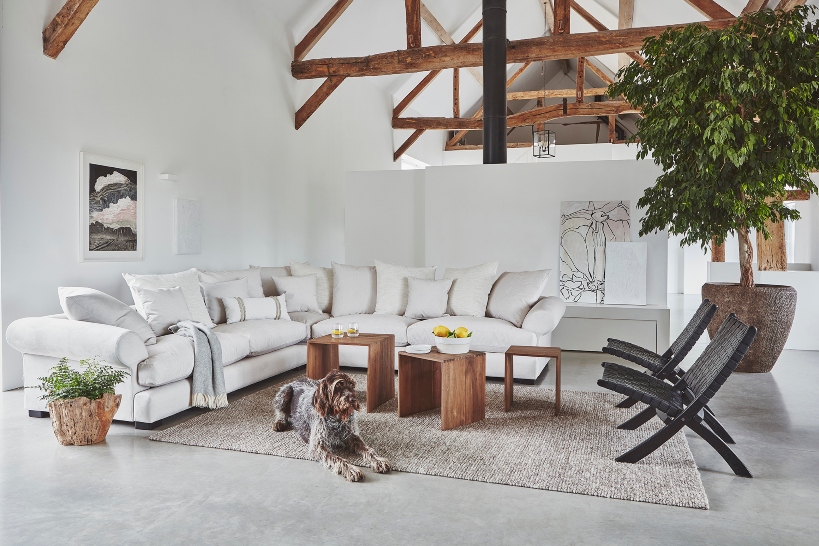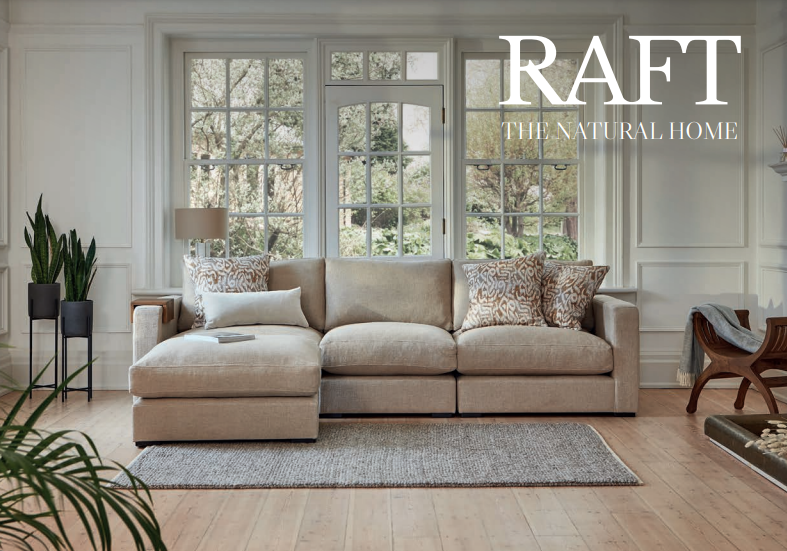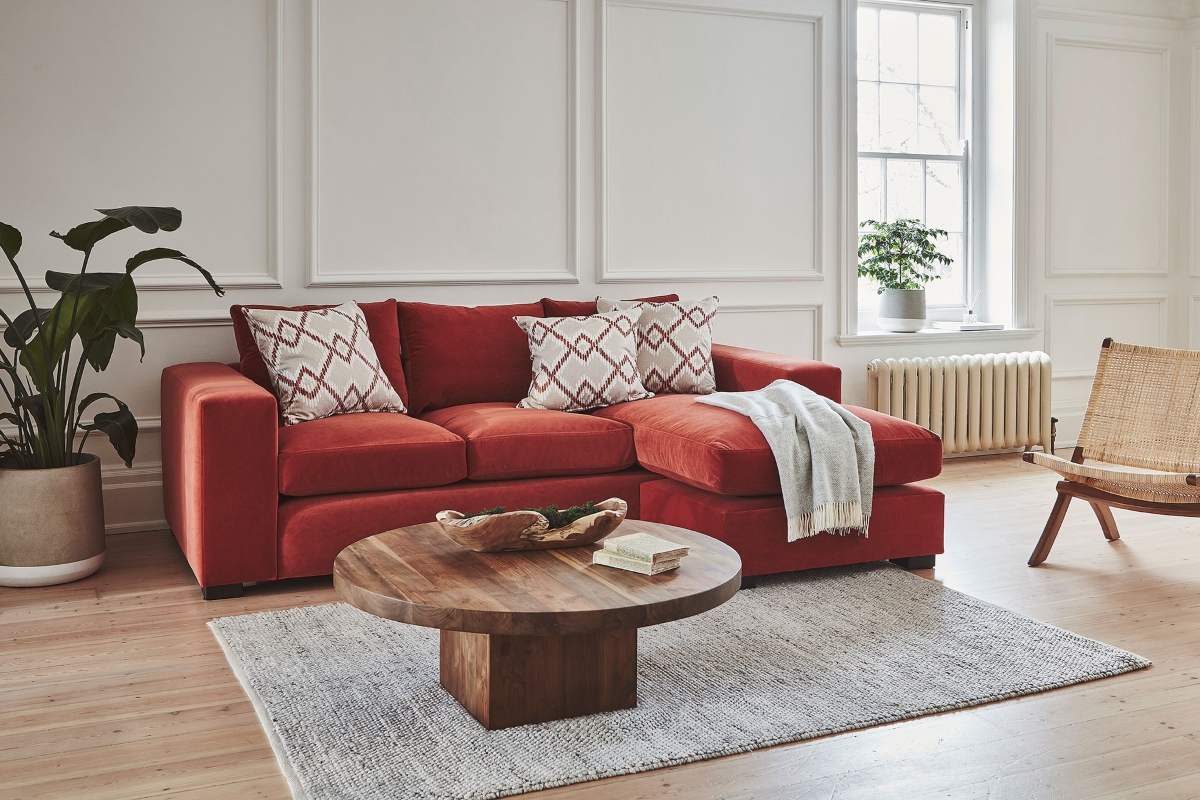Concrete Interior Design Trend: Beautiful or Brutalist?
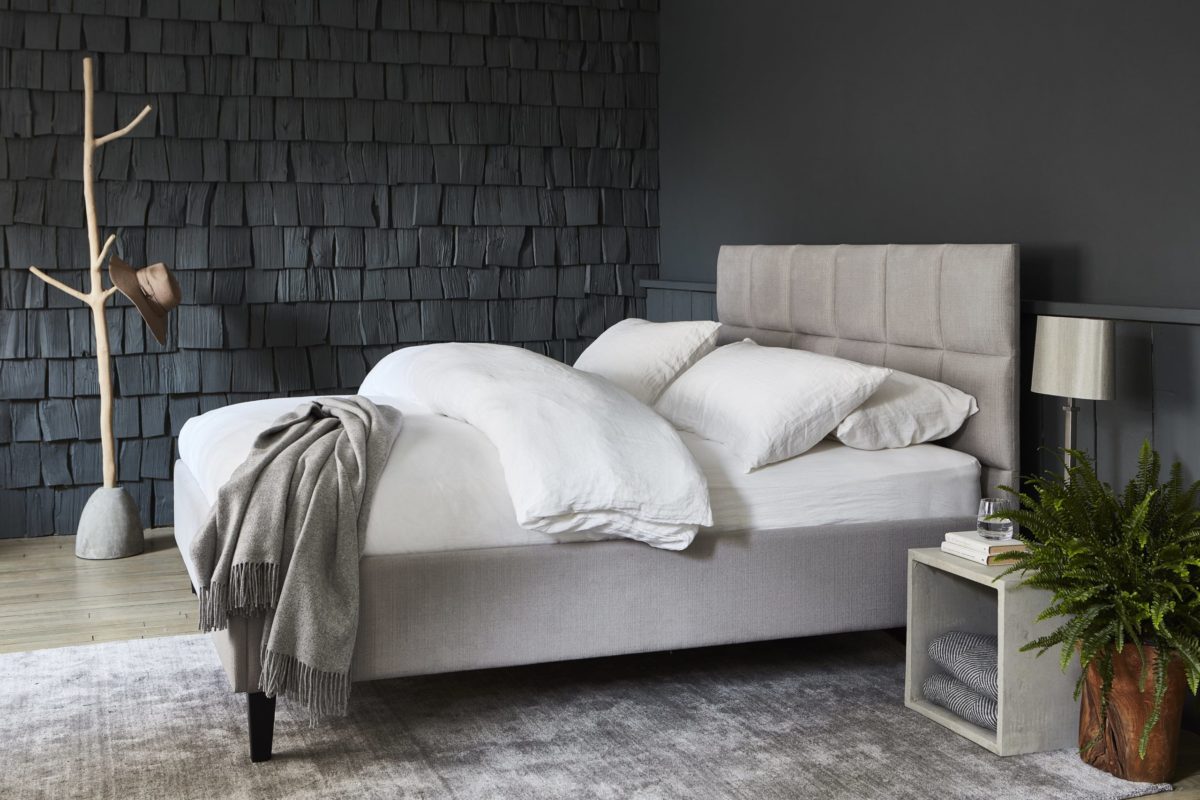
Concrete interior design is hugely popular due to its versatility, simplicity and beauty. Despite this, often its brutalist reputation rears its head and deters people from taking the plunge. In this guide we explore the myths about concrete and show you how you can bring it into your home...
Concrete used to have a bad reputation, mainly because of all the unpopular ‘brutalist’ tower blocks and multi-storey car parks built in the 1960s. But if you’ve been following design trends in recent years you’ll know that concrete really can be beautiful - for interiors, accessories and even furniture. As a material it boasts both beauty and practicality, making it the perfect choice for the modern home.
The key to using concrete in the home is to understand it - when it works and when it doesn’t. Here’s our guide.
Myths about concrete
First, let's dissect some of the myths about concrete.
Myth 1: Concrete is ‘brutal’
Those modernist 1960s car parks and shopping centres have a lot to answer for. The architecture was widely seen as cold, unwelcoming and inhuman, while neglect left many of them dirty and visually unappealing.
But none of that was the fault of the concrete. Concrete is an incredibly flexible material - it can be poured and formed into an infinite variety of shapes. Yes it works very well in industrial-style interiors such as urban warehouse apartments with exposed walls or floors. But it can also be soft and subtle - used in all kinds of schemes and for smaller, unobtrusive items such as lamps and planters.
(Incidentally, - one more myth: the label ‘brutalism’ for the modernist, geometric style of architecture didn’t actually come from the word ‘brutal’, but from ‘Béton brut’, which is French for ‘raw concrete’.)
Myth 2: Concrete is dull
Concrete can be dull - and sometimes that’s a benefit, such as when it’s used in lighting. A concrete shade or base can provide a striking contrast with the glow of an electric bulb.
But it doesn’t need to be dull, or even matt. It can be coated in sealant or even polished to reflective gleam.
Myth 3: Concrete is always grey
Yes, grey is concrete’s natural colour - and that can be perfect for neutral schemes (see more on this below). But it’s also possible to add colour to the mixture or to stain concrete surfaces to create new tones. And of course there are so many possible shades of grey...
The unique benefits of concrete interior design
So much for the myths - now for the special qualities of concrete…
It’s durable
Concrete is obviously very hard-wearing - it doesn’t easily get scratched or broken. That makes it particularly useful for floors but also in tricky areas like utility rooms.
It’s easy to maintain and clean
Concrete is really easy to look after - just a quick sweep and a wash with a non-abrasive cleaner generally does the trick. Note that concrete for indoor use does need to be properly treated and sealed (as are Raft’s concrete accessories).
It’s cost-effective
Compared to other hardwearing, long-lasting materials, concrete is cheap - there aren’t many things that will last you a lifetime for a similar cost.
It provides texture
Concrete’s texture is quite unlike the usual materials in a room (wood, fabrics, metals, plastic) and that gives you scope to do really interesting things in your scheme (see more on texture below).
It makes a statement…
Partly because of that texture, a concrete item places within a scheme can be a really eye-catching centrepiece -whether that’s a table, a fireplace or even a bath or sink.
Concrete is malleable and can be formed into all sorts of weird and wonderful shapes - so it can be purely practical or purely ornamental, or anything in between.
...or a perfect foil for other materials
Conversely, in the context of exposed concrete floors or walls, other pieces - such as soft furnishings, wooden tables - become much more noticeable and interesting to look at because of the contrast.
Tips for perfectly executing concrete interior design
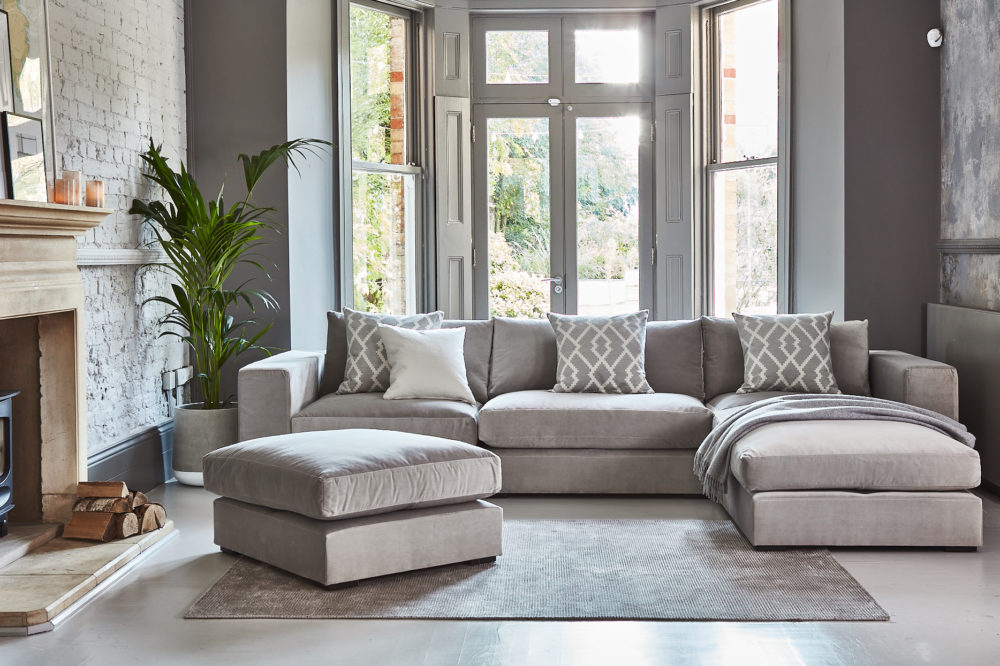
Use natural concrete for an industrial edge
Concrete can be polished to a shine - but for the edgy, urban, industrial look leave it in its natural state on floors and walls. Bare concrete columns and staircases can also be stunning - giving architects huge freedom to express themselves through geometric forms. Soften this look by pairing concrete planters with fresh, leafy greens.
Accessorise with concrete for a minimalist interior design scheme
If you’re a lover of minimalism, concrete accessories are perfect. Minimalism isn’t just about decluttering - it’s also about simplicity and harmony of layout, and showing materials for what they are instead of disguising them. Simple, unadorned items such as concrete storage cubes work brilliantly.
Use as the basis for colour contrast in a neutral scheme
Concrete’s simple grey shades of course make it ideal for neutral schemes. And that means it’s also ideal as a sort of canvas, onto which you can add striking pops of colour - whether that’s artworks on a grey concrete wall, or a bold-coloured furniture items
Create texture contrasts
In interior design terms, ‘texture’ is the relationship between touch and vision - or to put it another way, it’s about the way a material or element looks like it feels. Concrete provides a unique texture in an interior - one look at it creates a certain feeling in the viewer, because we all know the sensation of touching concrete and we associate it with urban exteriors.
That means you can create really interesting texture contrasts. For example, contrast concrete’s roughness with hard, smooth plastics; or its man-made resilience with more fragile natural materials like wood; or its hardness with soft fabrics like rugs, cushions and throws.
